RFID is a technology that uses radio waves to identify and track objects. It has many applications, from simple inventory tracking to more complex security and surveillance systems. This essay will explore some of the many applications of RFID technology.
Applications of RFID in 18 Industries
Application of Radio Frequency Identification Retail
RFID technology is commonly used in retail for inventory management and tracking. RFID tags are attached to products or packaging, and RFID readers are used to scanning and track these items’ movement throughout the supply chain and in stores.
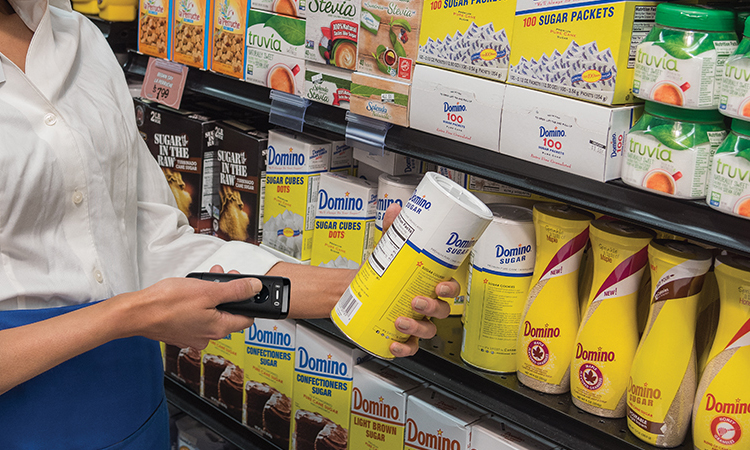
This technology provides retailers with real-time visibility and accuracy of inventory levels, allowing for efficient restocking and improved customer service. It also helps prevent theft and loss of products and streamlines the checkout process.
In addition to inventory management, RFID technology is also used for security purposes. Such as access control in certain areas or payment processing. It is also used for customer engagement through interactive displays or personalized shopping experiences.
Related Articles: RFID in Retail: Why Choose It?
RFID Technology in Hospitals
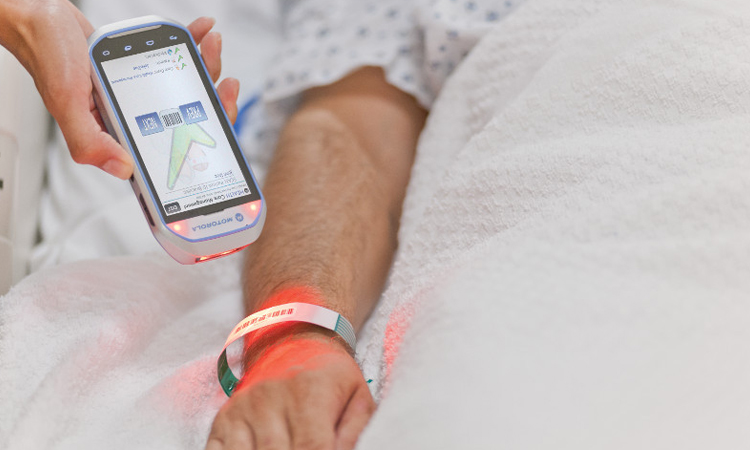
RFID technology is increasingly being used in the healthcare industry for a variety of purposes, including:
- Patient tracking and identification: RFID tags can be attached to patients’ wristbands or other identification cards, allowing healthcare providers to quickly and accurately identify patients and track their movements within a healthcare facility. This can improve patient safety and care and reduce the risk of medical errors.
- Supply chain management: RFID tags can be attached to medical supplies and equipment, allowing hospitals to track and manage their inventory in real time. This can improve the efficiency of the supply chain and reduce waste and inefficiencies.
- Medication management: RFID technology can track and manage medications, ensuring that the correct medications are dispensed to patients at the correct time. This can reduce the risk of medication errors and improve patient safety.
- Medical device tracking: RFID technology can track and manage medical devices, such as pacemakers and defibrillators. This can help prevent the loss or theft of expensive medical devices and ensure that they are properly maintained and used.
- Clinical trial management: RFID technology can track and manage clinical trial participants and the medications and treatments they receive. This can improve the accuracy and reliability of clinical trial data and help ensure that clinical trials are conducted safely and ethically.
Related Articles: 2023 The Latest Benefits of RFID in Healthcare
RFID Applications in Agriculture
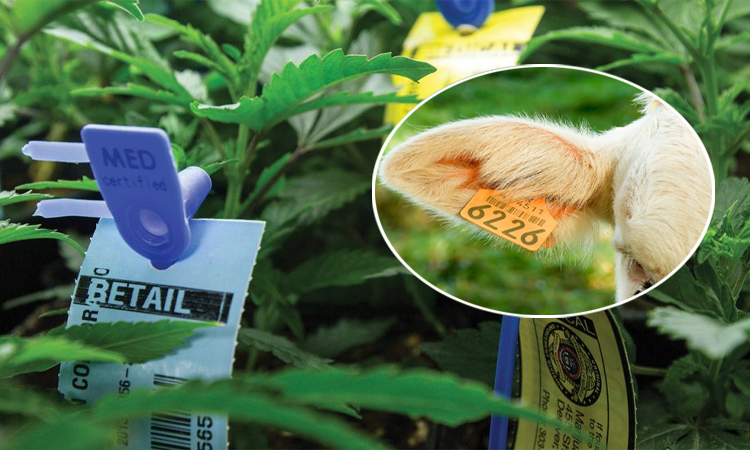
RFID technology is used in agriculture in several ways:
- Livestock tracking: RFID tags are attached to the ear or collar of livestock to track their location, movement, and behavior. This helps farmers monitor the health and well-being of their animals and make better management decisions.
- Precision farming: RFID tags are attached to crops and soil sensors to collect real-time data on soil moisture, temperature, and nutrient levels. This helps farmers optimize irrigation and fertilization, reduce waste, and increase crop yields.
- Food safety and traceability: RFID tags are attached to food products to track their origin, processing, and distribution. This helps ensure food safety and enables traceability of any potential contamination or food-borne illnesses.
- Supply chain management: RFID tags are used in the agriculture supply chain to track the movement and status of raw materials, agricultural products, and finished goods. This helps optimize logistics and inventory management, reduce waste, and improve customer service.
Related Articles: Revolutionizing Machine Learning in Agriculture
RFID in Library Management System

Applications of RFID in material management to improve the efficiency and accuracy of the checkout and return process. Instead of manually scanning each item with a barcode scanner, RFID tags can be embedded in library items and automatically detected by RFID readers at the checkout counter. This allows for faster and more accurate checkout and the ability to track the location of items within the library. RFID technology can also prevent theft, as RFID tags can be programmed to set off alarms if an item is not properly checked out. Overall, RFID technology can greatly improve the efficiency and security of a library’s operations.
Related Articles: Why Choose to Use RFID in Libraries?
Applications of RFID in Transport System
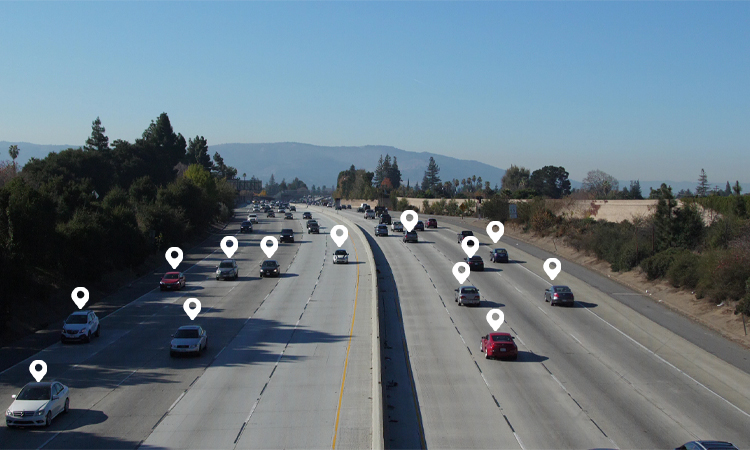
RFID technology is commonly used in transportation for several purposes, including:
- Vehicle tracking and identification: RFID tags are attached to vehicles and read by RFID scanners installed at various checkpoints to identify and track the movement of vehicles. This helps in managing traffic flow and reducing congestion.
- Supply chain management: RFID tags are attached to containers, pallets, and packages to track their movement throughout the supply chain. This helps in reducing lost or stolen goods and improving the efficiency of transportation processes.
- E-ticketing and payment systems: RFID tags can be embedded in tickets, passes, and transit cards to enable contactless payment and access control at transportation facilities. This reduces the need for physical tickets and improves the speed and convenience of the transportation experience.
- Maintenance and repair: RFID tags can be attached to vehicle parts and equipment to track their maintenance history and expiration dates. This helps ensure that vehicles are properly maintained and in good working condition.
Overall, RFID technology helps improve transportation systems’ efficiency, security, and convenience.
Related Articles: Everything You Should Know About RFID Tags for Car
Automation of Manufacturing
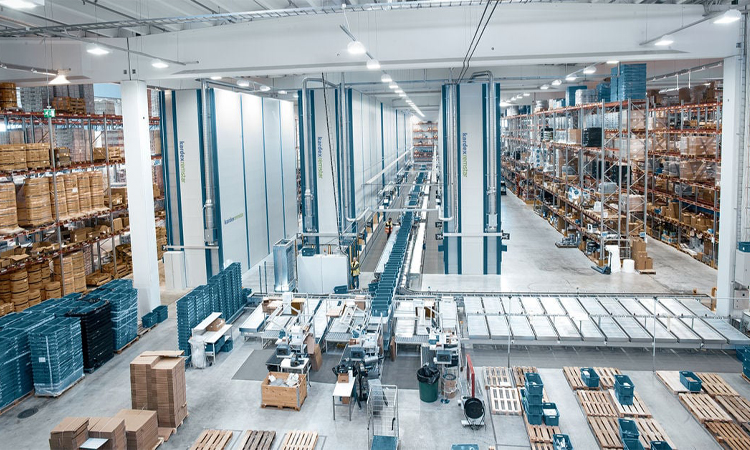
You can use RFID technology in the automation of manufacturing in several ways:
- Inventory tracking and management: RFID tags can be attached to raw materials, intermediate products, and finished goods to enable real-time tracking of inventory levels, locations, and movements. This can help manufacturers accurately track and manage their inventory, reducing the risk of shortages or excesses.
- Process control and quality assurance: RFID readers can be installed at various stages of the manufacturing process to automatically collect and store data on the production process, such as material input, process parameters, and quality checks. This data can be used to monitor and control the production process, ensuring consistent quality and reducing the risk of defects.
- Supply chain visibility and collaboration: RFID tags can be used to track products and materials as they move through the supply chain, providing real-time visibility into the location and status of goods. This can enable manufacturers to collaborate better with their suppliers and partners, improving coordination and reducing lead times.
- Asset tracking and maintenance: RFID tags can be attached to equipment and machinery to enable real-time tracking and monitoring of their usage, condition, and maintenance needs. This can help manufacturers improve the efficiency and reliability of their equipment, reducing downtime and maintenance costs.
RFID technology can help manufacturers automate and optimize their operations, improving efficiency, quality, and collaboration across the manufacturing process.
Related Articles: IoT Technology Benefits For Modern Manufacturing
RFID in Baggage Handling
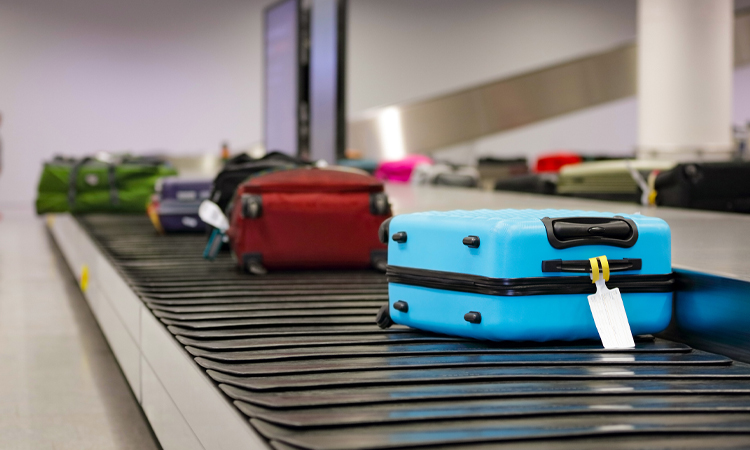
RFID technology is used in baggage handling in aviation to track and monitor the movement of luggage throughout the airport. This technology utilizes radio frequency identification tags attached to luggage, which are read by RFID scanners at various checkpoints throughout the airport.
When a passenger checks in their luggage, an RFID tag is attached to it, and the tag’s unique identification number is registered in the airport’s baggage tracking system. As the luggage is transported through the airport, RFID scanners located at various checkpoints, such as check-in counters, baggage conveyors, and loading gates, read the tag’s identification number and update the location of the luggage in the tracking system.
This allows airport personnel to monitor the movement of luggage in real time, ensuring that it is properly routed and delivered to the correct destination. RFID technology allows for quick and efficient tracking and retrieval if a piece of luggage is misplaced or lost.
In addition to improving the accuracy and efficiency of baggage handling, RFID technology also enhances security by providing a tamper-proof means of tracking luggage and reducing the risk of theft or tampering.
Applications of RFID in Race Handling
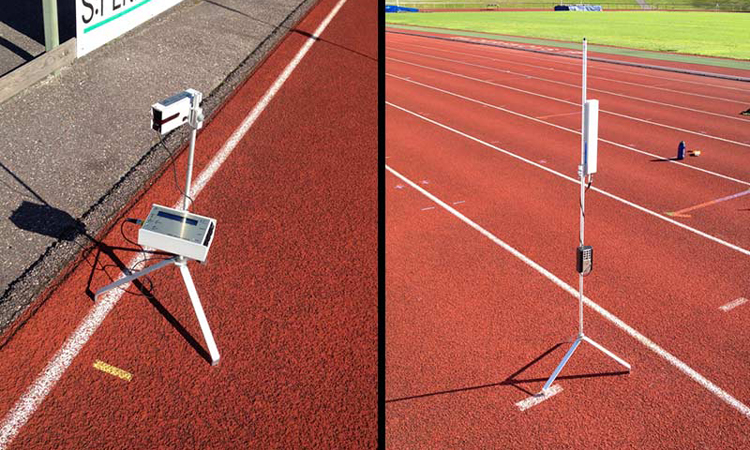
RFID technology is commonly used in race timing systems to track and record the time of each participant in a race. This technology utilizes RFID tags, which are attached to each participant’s bibs or race numbers, and RFID readers, which are placed at specific intervals along the race course.
As participants pass by an RFID reader, their RFID tag is automatically scanned, and the time is recorded. This allows race organizers to track each participant’s progress and determine their finish time. The data from the RFID readers are then transmitted to a central database, where race organizers and participants can access it to view race results and other important information.
One of the key benefits of using RFID technology in race timing systems is that it allows for the real-time tracking of participants. This means that race organizers and participants can see their progress in real time, which can help to improve the overall experience of the race. Additionally, RFID technology is highly accurate and can provide detailed, precise data on each participant’s time and performance.
RFID technology in race timing systems has greatly improved the accuracy and efficiency of race results. It has helped to enhance the overall experience of participating in races.
Related Articles: Race Timing Systems Types
Applications of RFID Based Security System

Applications of RFID based security system to provide a more secure and efficient way to track and access restricted areas. RFID tags are attached to objects, such as badges or key cards, and are read by RFID scanners placed at access points. This allows for quicker and more accurate identification of authorized individuals and the ability to track their movements and access within the secure area.
Additionally, You can use RFID technology in security systems to monitor the movement of valuable assets, such as equipment or documents, within a secure facility.
Related Articles: Maximizing RFID Security: Protecting Your Data and Assets
Applications of RFID in Material Management
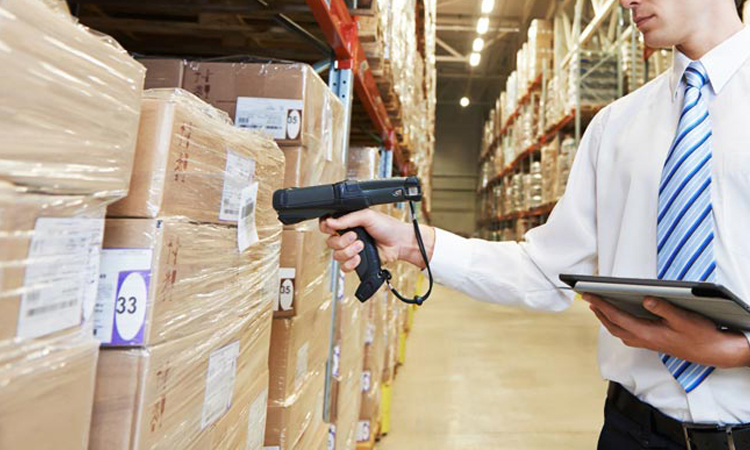
Radio-frequency identification (RFID) technology is a form of wireless communication that uses radio waves to identify and track objects. In inventory tracking, RFID tags are attached to items and are read by RFID readers. This allows businesses to automatically and accurately track the location and movement of their inventory in real-time without the need for manual scanning or data entry.
RFID technology can improve inventory accuracy and visibility, reduce losses due to theft or misplacement, and help businesses make more informed decisions about their inventory management.
Related Articles: What is RFID Tracking and Where can It be Used?
Access Control
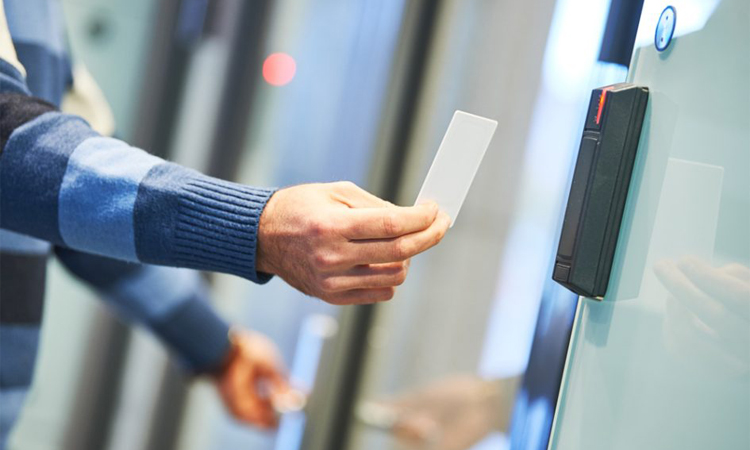
RFID technology is commonly used in access control systems to grant or restrict access to buildings, rooms, or other restricted areas. This application uses authorized individuals to carry RFID tags on badges, cards, or other devices. When an RFID tag is brought near an RFID reader, the reader can identify the tag and grant access if the individual is authorized. This can provide a more convenient and secure alternative to traditional access control methods, such as keycards or keypads. You can also use RFID technology to track the movement of individuals within a building or other facility, which can be useful for security or logistical purposes.
Related Articles: RFID Door Lock
RFID in Supply Chain Examples
You can use RFID technology in supply chain management in several ways. Some of these include:

- Inventory tracking: RFID tags can be attached to individual items or products in a warehouse or storage facility, allowing for real-time inventory levels and location tracking. This can help to improve inventory accuracy and reduce the risk of stockouts or overstocking.
- Asset tracking: RFID tags can be attached to assets such as vehicles, containers, or equipment, allowing for real-time tracking of their location and movement throughout the supply chain. This can help to improve asset utilization and reduce the risk of loss or theft.
- Supply chain visibility: RFID technology can provide real-time visibility into the movement of goods throughout the supply chain, allowing for better coordination and planning of production, transportation, and distribution activities.
- Quality control: RFID technology can monitor the temperature, humidity, and other environmental conditions of goods during transportation, allowing for better quality control and reducing the risk of spoilage or damage.
- Automation: RFID technology can be integrated with other systems, such as sensors, robotics, and artificial intelligence, to automate and optimize supply chain processes, reducing the need for manual labor and increasing efficiency.
Related Articles: Maximizing Efficiency with RFID in Supply Chain Management
Applications of RFID in Kiosks
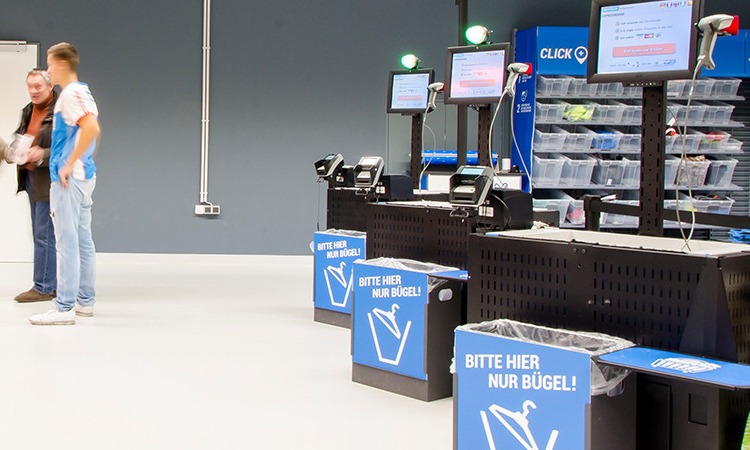
You can use RFID technology in kiosks for a variety of purposes. Some common examples include:
- Inventory management: RFID tags can be attached to products or items in a kiosk, allowing the kiosk to automatically track the inventory levels and alert the kiosk operator when stock needs to be replenished.
- Customer identification: RFID-enabled kiosks can scan customers’ RFID-enabled loyalty cards or other identification methods, allowing the kiosk to quickly and accurately identify customers and provide personalized recommendations or offers.
- Payment processing: RFID-enabled kiosks can accept payments via RFID-enabled payment cards or smartphones, allowing customers to quickly and securely make transactions without the need for cash or other physical payment methods.
- Access control: RFID-enabled kiosks can control access to certain areas or services, such as in a library where patrons can use their RFID-enabled library cards to check out books or access electronic resources.
Using RFID technology in kiosks can improve efficiency, accuracy, and convenience for both customers and kiosk operators.
Related Articles: The Pros and Cons of Retail Self Service: Is it Right for Your Business?
Interactive Marketing

You can use RFID technology in interactive marketing in several ways. One way is using RFID tags on products or packaging, allowing consumers to scan the tag with their smartphone and access additional information or offers related to the product. This can include product descriptions, reviews, coupons, and other promotions.
Another use of RFID technology in interactive marketing is using RFID-enabled displays or kiosks in retail stores or other public locations. These displays can detect the presence of RFID-enabled devices, such as smartphones, and provide personalized content or offers based on the individual’s preferences or past interactions with the brand.
Additionally, RFID technology can track consumer behavior and preferences in real-time, providing valuable insights for marketers to tailor their messaging and offers. This data can create personalized consumer experiences, such as targeted ads or personalized product recommendations.
Overall, using RFID technology in interactive marketing allows for more engaging and personalized consumer experiences, which can lead to increased brand loyalty and sales.
RTLS (Real Time Location System)
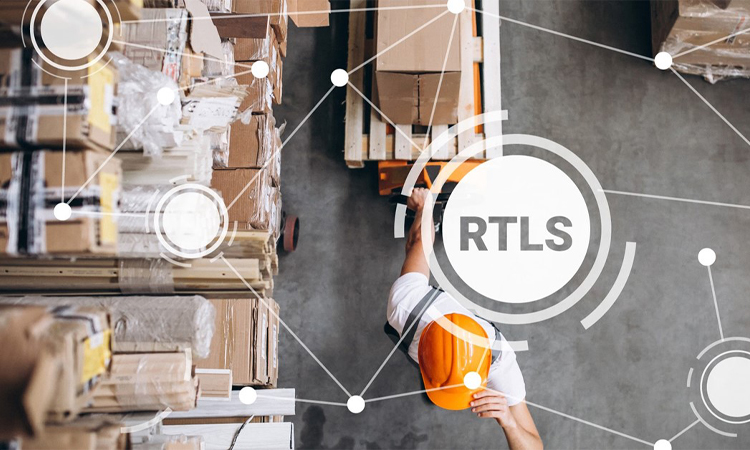
RFID technology is commonly used in RTLS systems to track and monitor the location of objects or individuals in real-time. RFID tags are attached to the objects or individuals being tracked and are equipped with unique identifying information. This information is picked up by RFID readers placed throughout the designated tracking area, which then transmit the data to a central RTLS software platform.
The RTLS software uses this information to accurately determine the location of the RFID-tagged objects or individuals in real-time. This technology allows businesses and organizations to efficiently track and manage the movement of assets and personnel, improve operational efficiency, and enhance security.
Related Articles: What are Real-Time Location Systems?
RFID for Laundry
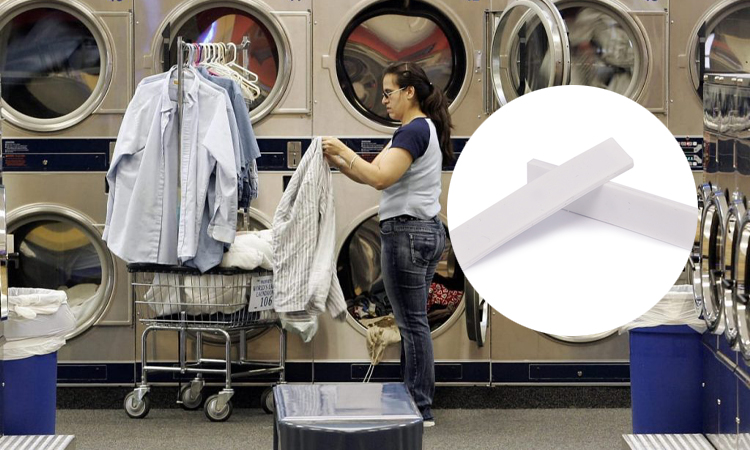
You can use RFID technology in laundry management in several ways:
- Tracking and identifying laundry items: RFID tags can be attached to each item, allowing easy tracking and identification throughout the laundering process.
- Streamlining the sorting process: RFID readers can be placed at different stages of the laundering process, such as sorting, washing, drying, and folding. This allows for automatically sorting laundry items based on their RFID tags, reducing the need for manual sorting and improving efficiency.
- Enhancing inventory management: RFID technology can be used to track the inventory of laundry items, such as towels, sheets, and uniforms. This can help to identify items that need to be replaced and prevent shortages.
- Improving customer service: RFID technology can provide real-time updates on the status of laundry items to customers, such as when their laundry will be ready for pick-up. This can improve customer satisfaction and loyalty.
- Enhancing security: RFID technology can prevent the loss or theft of laundry items by creating a secure and traceable system for tracking and identifying items.
Related Articles: Why Use RFID Clothing Tags in the Apparel Industry?
Consumer Identification
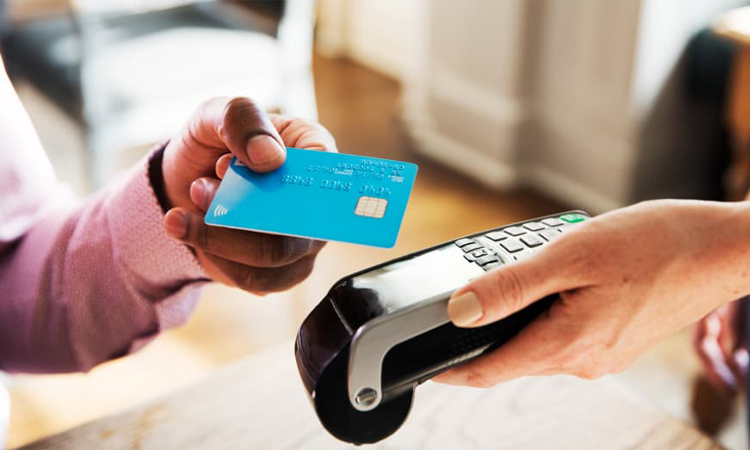
RFID technology is commonly used in consumer identification for various purposes, such as security, payment, and tracking. For example, RFID tags can be embedded in credit cards or identification cards for secure payment and access control. RFID technology is also used in tracking and tracing systems for products in the supply chain. This allows companies to monitor the movement of goods and ensure the authenticity and quality of products.
Additionally, You can use RFID technology in loyalty and reward programs to identify customers and provide personalized services.
Related Articles: What is RFID Card and RFID Credit Card?
Anti-Counterfeiting
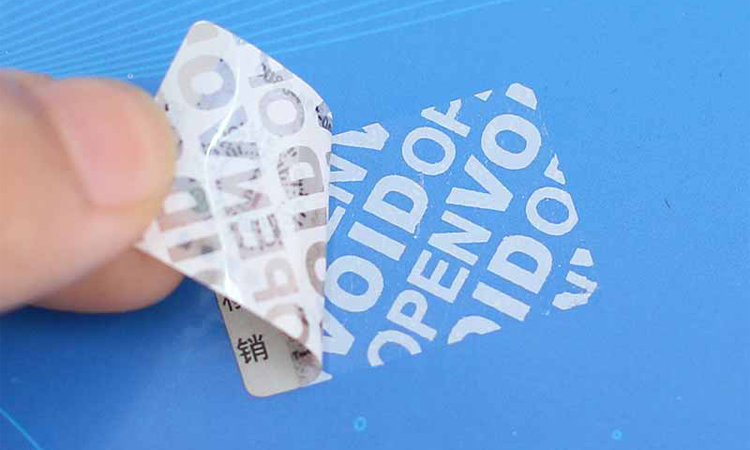
You can use RFID technology in anti-counterfeiting efforts by attaching unique RFID tags to authentic products. These tags can then be scanned using RFID readers to verify the product’s authenticity. This can help prevent the sale of counterfeit products and protect the brand and consumers from fraud.
You can also use RFID technology to track a product’s supply chain, allowing for more transparency and accountability in manufacturing and distribution. This can help identify potential counterfeiting activities and prevent them from entering the market.
In some cases, RFID tags can be embedded within the product itself, making it even more difficult for counterfeiters to replicate the product and pass it off as authentic.
The use of RFID technology in anti-counterfeiting efforts can provide a more efficient and effective way to identify and prevent the sale of counterfeit products.
In summary, RFID technology has many applications, from inventory tracking to supply chain management and anti-counterfeiting. Its ability to automatically capture and track data makes it a valuable tool in many industries.
About Applications of RFID FAQs
-
What are the benefits of using RFID for patient safety and inventory management in the healthcare industry?
RFID can help improve patient safety and inventory management in the healthcare industry by providing accurate and up-to-date information about patients and inventory locations. RFID tags can be used to track medical equipment and supplies, monitor patient movements, and ensure that medical staff has access to the right materials and equipment when they need them.
-
How can RFID improve security and access control in sensitive areas such as data centers and laboratories?
RFID can improve security and access control in sensitive areas such as data centers and laboratories by providing a secure and convenient way to control access to these areas. RFID cards or tags can grant access to authorized personnel and track who is entering and leaving the area.
-
How is RFID technology integrated into the transportation industry to optimize fleet management and logistics?
RFID technology is integrated into the transportation industry to optimize fleet management and logistics by providing real-time visibility into the location and status of vehicles and cargo. RFID tags can track vehicles and cargo, monitor driver performance, and optimize routing and scheduling.
-
What are the potential applications of RFID in the agriculture industry to improve crop management and yield?
RFID can potentially improve crop management and yield in the agriculture industry by providing real-time tracking and monitoring of crops and livestock. RFID tags can track planting and harvesting dates, monitor soil quality and moisture levels, and optimize irrigation and fertilization schedules.
-
How can RFID be used in education to improve student safety and attendance tracking?
RFID can be used in the education sector to improve student safety and attendance tracking by providing real-time tracking and monitoring of students on campus. RFID tags can be attached to student IDs or wristbands, and the data captured by RFID readers can be used to monitor attendance, track student movements, and ensure that students are in the correct locations at all times.
-
In what ways can RFID technology be used in the government sector for document tracking and identification purposes?
RFID technology can be used in the government sector for document tracking and identification purposes by providing secure and convenient ways to track and monitor sensitive documents and assets. RFID tags can store and track document metadata, such as authorship, revisions, and approvals, and ensure that only authorized personnel have access to restricted areas.
-
What are the potential uses of RFID in the food industry to improve the safety and traceability of products?
The potential uses of RFID in the food industry to improve the safety and traceability of products include real-time tracking and monitoring of food safety and quality, improved supply chain management, and reduced waste and contamination. RFID tags can track the location and condition of food products throughout the supply chain, monitor temperature and humidity levels, and ensure that products are delivered to the correct locations at the right time.








